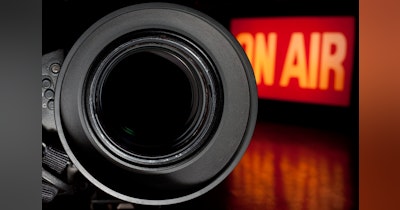If you’ve got a big story to announce, you might be thinking about offering it as an exclusive to a print journalist in hopes the chance to break a big story will strengthen your relationship with that reporter or their newsroom. Is there a downside? Yes. In fact, there are many reasons why you should not give your story to only one journalist.
There are exceptions, but in most instances, the “exclusive” is a media relations tool that should be used sparingly, if at all. Here’s why.
-
Exclusives transfer the power to control your message from you or your organization to a single journalist who does not and never will share your priorities.
-
Winning positive media coverage is a numbers game, where your odds improve with the number of journalists reporting your story. If 10 reporters cover your story at the same time, you have 10 opportunities for coverage. Some will be favorable, or at least fair. Others may lean positive or negative, and a few could give you a hard time. Whatever the mix, at least it’s a mix of angles and attitudes. You can manage these odds, highlighting the positive coverage, while working to mitigate the less favorable reports.
-
Now imagine giving the story to only one journalist, with one mission, one angle, and one opinion of your news. Some think having the “exclusive” will change the reporter’s view of your story. Others convince themselves that journalists are swayed by this special treatment. But those feelings are rarely shared or rewarded by the recipients of your favoritism. Journalists covet exclusives but that fondness almost never translates into benefits for you as the source.
-
Ultimately, an “exclusive” gives full authority to one journalist to set the agenda for your message. How does this happen? Print stories are rewritten by the Associated Press and shared with thousands of print and broadcast news outlets every day. If the newspaper gets the story wrong, or goes negative, every newsroom in America will report it the same way because their stories are based on that one report. Overnight, the journalist with the “exclusive” has become your new communications director by default.
-
Exclusives also ruin your relationships with other journalists who cover your news. Journalism is a competitive business. Expect those excluded to react negatively, not just for the moment but perhaps for a very long time.
-
Sometimes, the journalist decides not to write the story. Now what do you do? Revoke the “exclusive?” Take it back? Offer it to someone else? It’s another risk that’s not worth the trouble.
-
In extreme cases, you can use an “exclusive” to make a point or correct an imbalance in the reporting universe. If you’re having trouble with a particular news outlet, an “exclusive” offered to the antagonist’s competitor can subtly demonstrate your willingness to be more generous with those who are fair in their reporting. It is not necessary to advertise your strategy. Your actions are enough to make the point. If applied with surgical precision, this approach can help restore a modicum of fairness to the source-journalist relationship.
Ultimately, the best approach is to share every story with every reporter every time. In doing this, you improve your chances of good coverage and dilute the impact any single media outlet can have on your organization’s message.
By Robert Johnson, Strategic Communications Officer, Riester Public Affairs, Washington, D.C.








